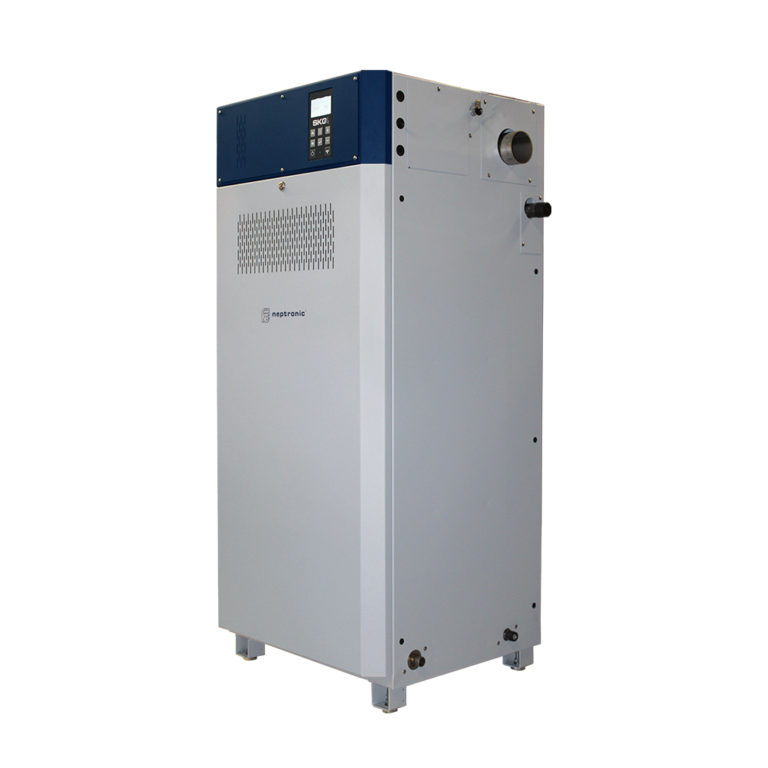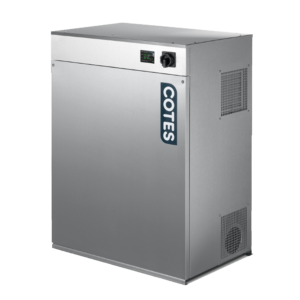
When it comes to deciding if humidity control is a ‘green’ option, there are a few things we need to consider. First off, what do you mean by a ‘green’, or environmentally friendly solution? How do you measure whether something as big and complex as humidity control is environmentally friendly? And what does that mean anyway? Today, we’re diving deep into the world of green energy, to hopefully answer all of those questions.
What Do We Mean By ‘Green?’
First off, What do we mean by ‘green’? In environmental terms, ‘going green’ means to pursue knowledge and practices that can lead to making environmentally friendly and ecologically responsible decisions, both on an individual level and as a business. Now, in humidity control, there are a lot of things we need to consider if we want to really add up the environmental impact of our solutions.
For example – is the energy used by the equipment green? Do we need to consider the source of the energy? Should the calculation take into account the whole system cost? After all, electricity is greener than gas at the point of use, but if we supply power to one item and it reduces the combined energy cost, then surely this is the greener choice?
What about the packaging the product arrives in? Is it the consumables and how they can be recycled we consider 0 or whether the system is required at all? Is it the miles the product need to travel to get from manufacturer to site? Or is it whether the product will provide a benefit that prevents wastage in the future, like reducing scrap in another manufacturing process?
It’s all very complicated, but our answer is simple – it’s all of the above. You just can’t look at one of these things, without looking at the rest, when trying to work out if humidity control is an environmentally friendly solution.
When Do We Need Humidity Control?
The first point to address is whether we actually need humidity control, or why it would be beneficial in certain environments. One of the main benefits to humidity control is that it helps to protect and improve human health – something that’s never been more important. Being comfortable in the environment you work, play and rest is essential, and there are a lot of health benefits to getting the humidity in this environment right. For example – if the relative humidity is wrong, you can end up with cracked lips, sore eyes, dry skin and reduced immune defence against bugs, bacteria and viruses.
On a more technical note, things like manufacturing and overall business performance can be hugely impacted by humidity, and often require specific environments to be maintained in order to get results. For example, with the right humidity:
- Paper dimensional stability is improved
- Glues cure harder and stronger
- Precious artefacts don’t decay
- Plants grow faster and healthier
- Timber doesn’t crack
- Meat cures
- Vegetables last longer
- Coils don’t freeze
- Static is eliminated from the environment
- Hot yoga practices can provide the right balance of heat and humidity to be effective
So yes, humidity control is necessary in almost all business environments, which means we can’t eliminate it completely. But we can make sure we choose the most effective and eco-friendly method for our needs.
Does The Method Matter?
In a word, yes. There are dozens of types of humidity solution out there, and choosing the right one for your environment means you can minimise energy usage and provide a much greener solution. Each type has its pros and cons, so more often than not you will need to work with a specialist to decide which you need.
Cold-water Adiabatic Humidifiers: These use ultrasonic, high-pressure water spray, or evaporative solutions, to provide adequate humidification. They offer excellent control, can provide up to large outputs, and operate off very low energy loads. They are often seen as the greenest option out there. But they can consume a lot of energy when changing water into vapour. In environments like print, which kick out a lot of heat, this can be an advantage, as you get free cooling from the process, but in others it’s worth considering.
Steam Humidifiers: This solution relies on steam as a method for humidifying the air. With these units you get good humidity control, but the steam entering the air handling unit doesn’t affect the temperature. Instead, the heat energy in the steam is used to change state, and the process goes straight up the dry bulb line on the psychometric chart. This allows you to lower the overall heat in your environment, so you’re using less energy there.
The Consumables
Then of course, you need to consider the consumables your humidity control solution will use, as each type will need slightly different things, from power to components. For example, gas is a good, low-cost fuel for large humidifier loads, but is not at all green as an energy source. Electrode and resistive humidifiers create no pollution at the point of use, so are much cleaner to use. However, the components for this kind of system often need cleaning and replacing more often, so you will need to use more consumable parts to do so. These parts are often recyclable, and if you opt for a steam humidifier than only one make is manufactured in the UK, so it’s easy to lower your carbon footprint there.
So, there you have it. The world of humidity control is a little confusing, but ultimately the impact helps us produce things for less money and keep products lasting longer, which contributes to the green effect. They can also be designed to be eco-friendly within your environment, allowing you to reduce costs and emissions across the board. There’s no question that humidity control can play a vital role in the ‘green’ argument, but as always, we strongly recommend you seek specialist advice before choosing your solution.

